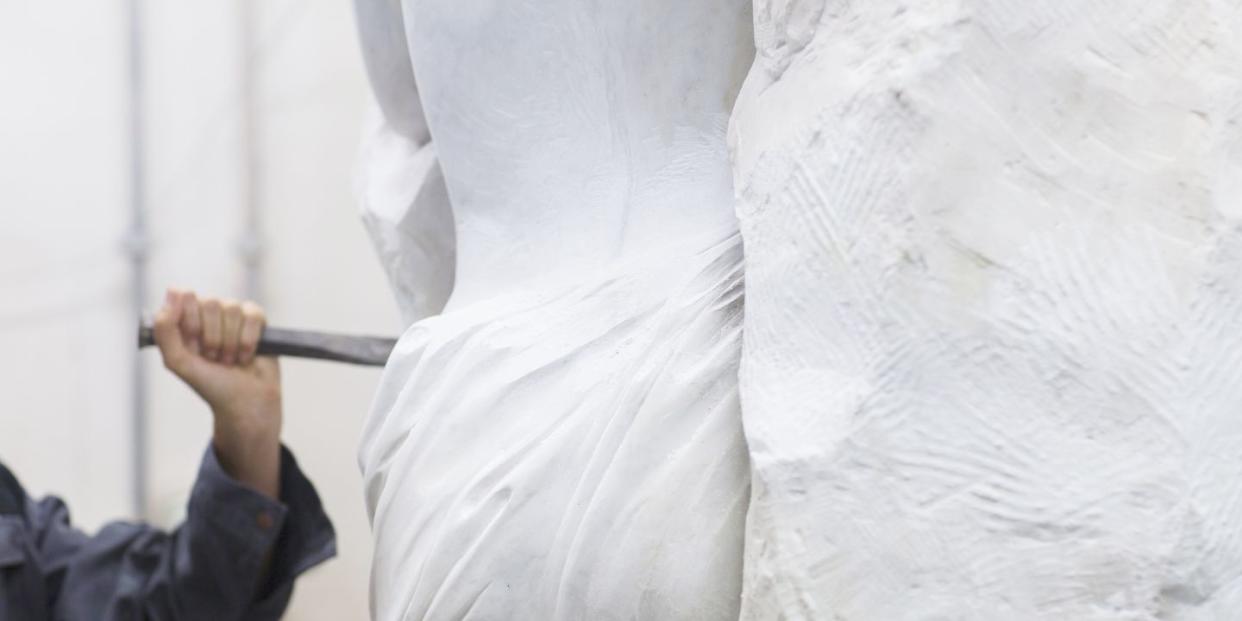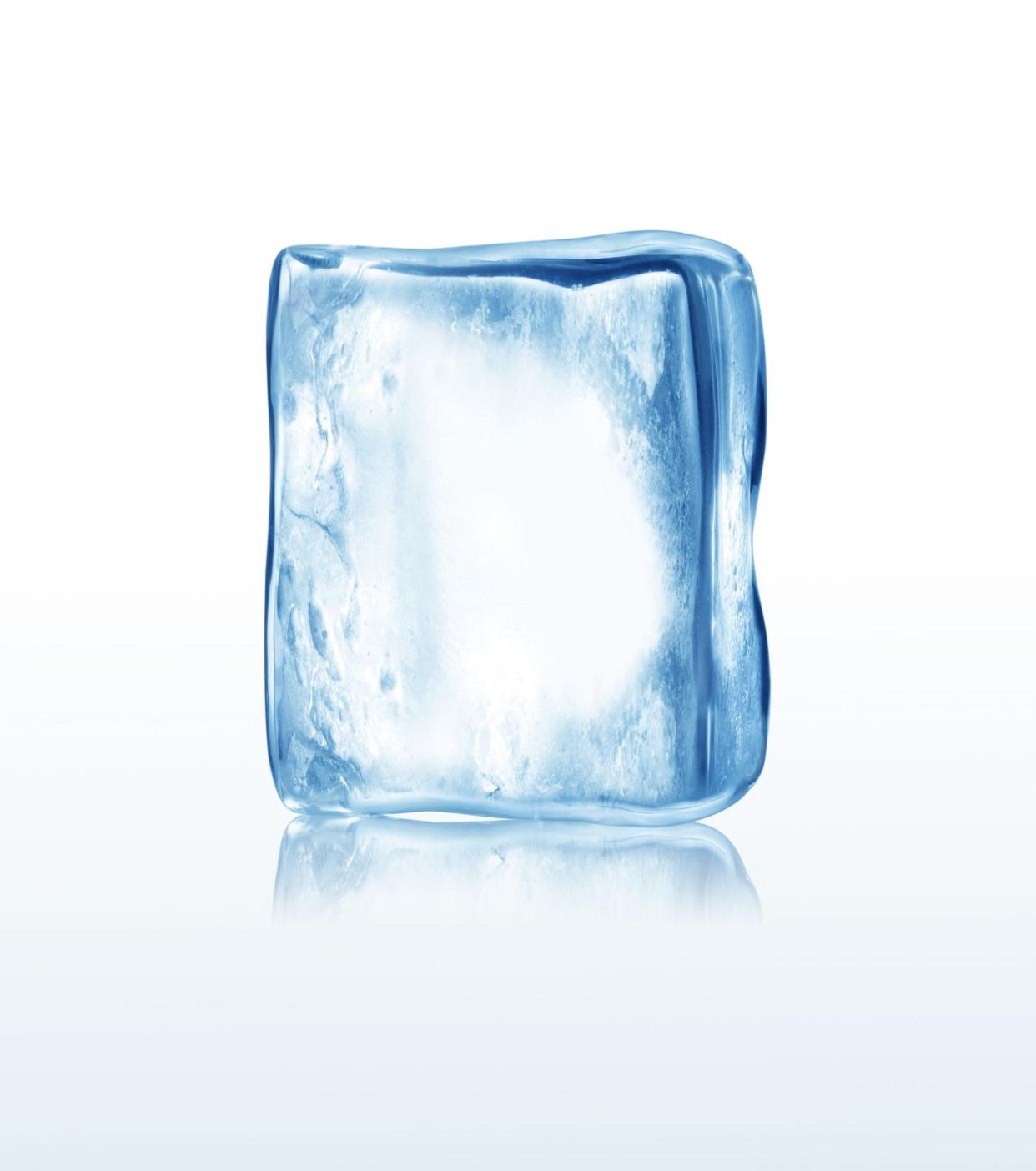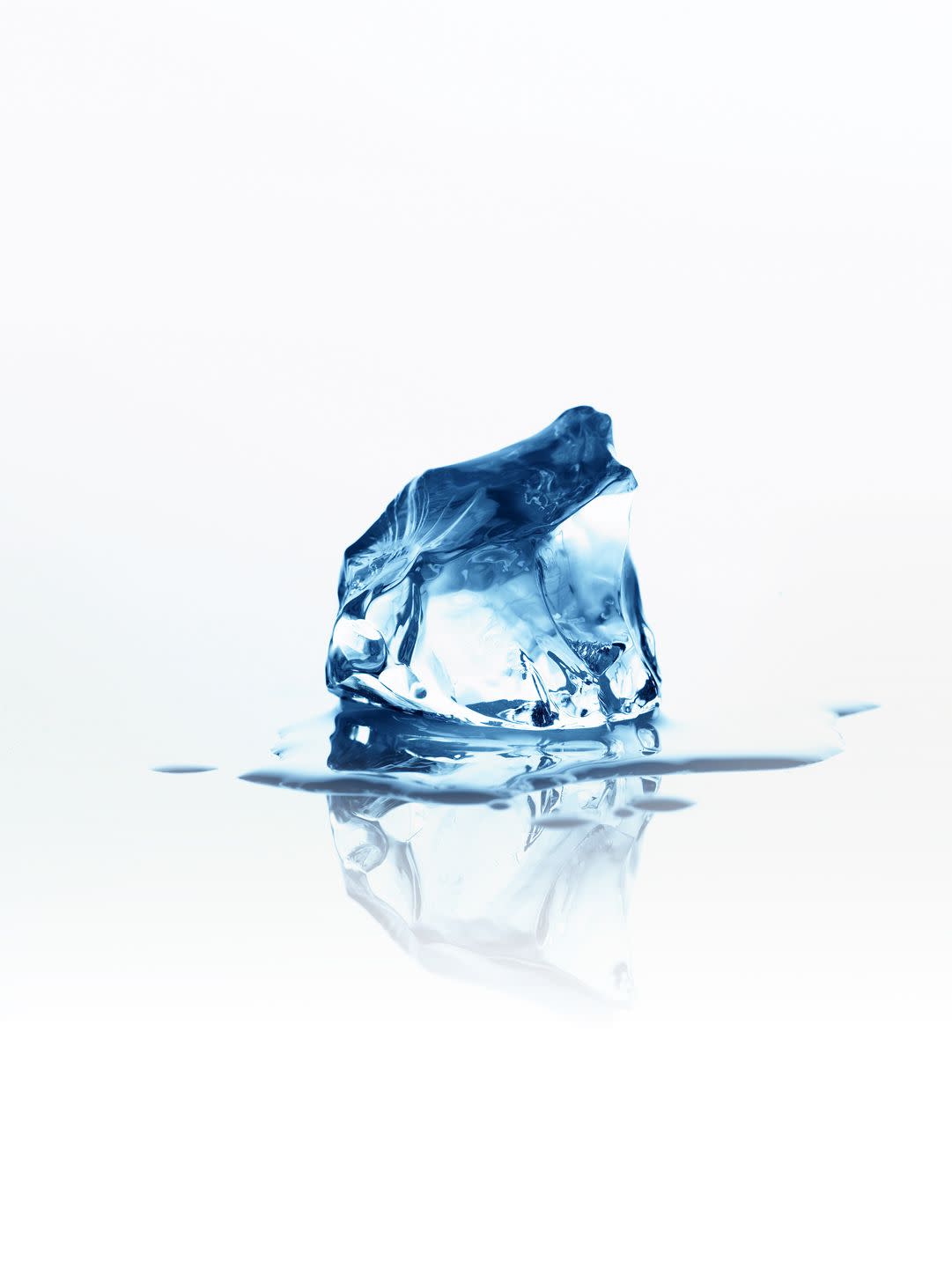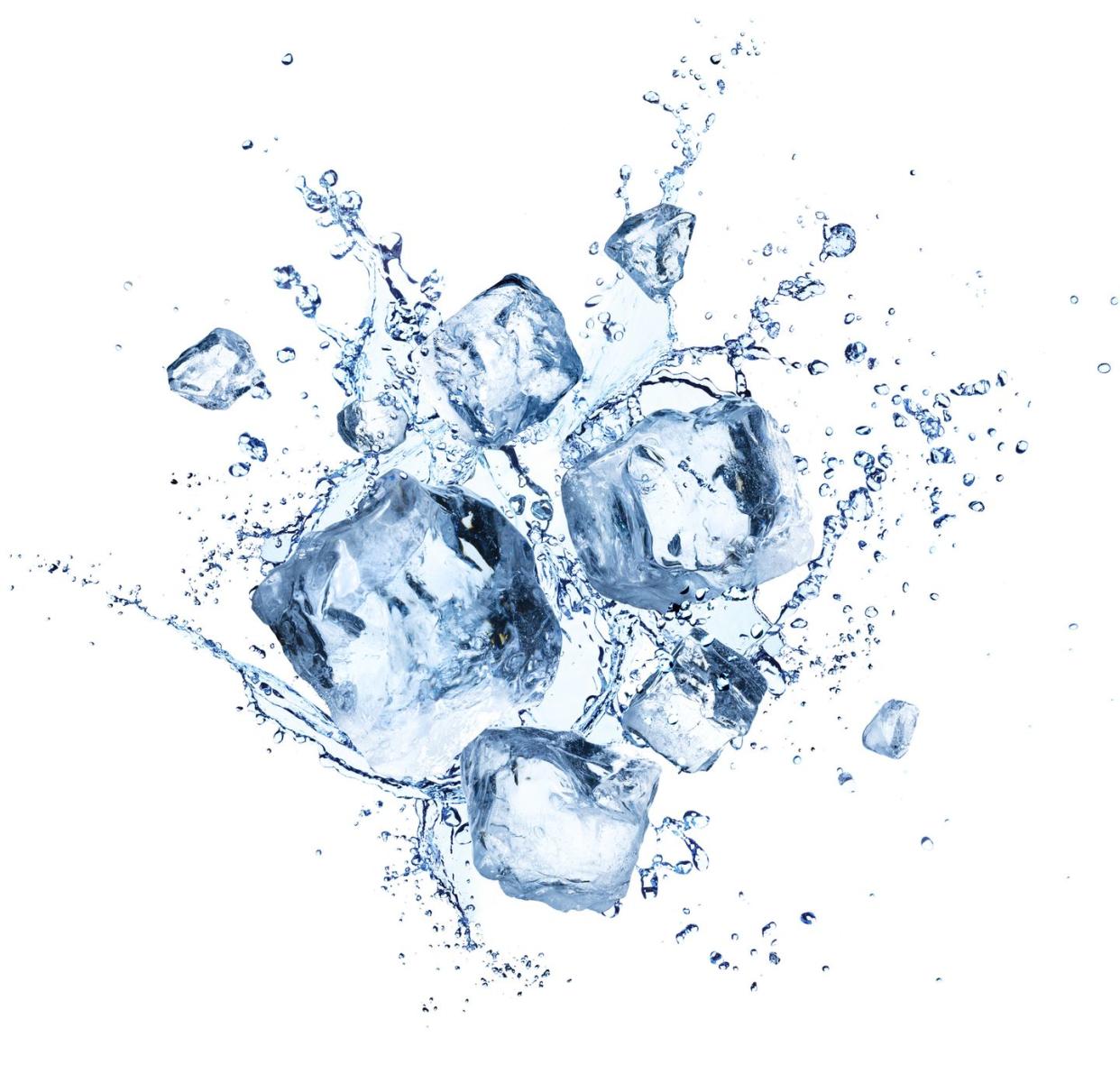Everything You Need to Know About CoolSculpting (But Were Too Afraid to Ask)

As any perennial healthy-eater or exercise buff can tell you, sometimes it takes a bit more than a clean diet and regular sessions at the gym to blast through stubborn layers of fat. They'll also tell you that when it comes to getting rid of fat, spot reduction is a myth. And for years, there really wasn't much one could do about that. But modern research and technology has paved the way to more advanced cosmetic procedures—and less-invasive ones at that.
One of the most prevalent of them all is CoolSculpting, a quick treatment in which areas of fat are frozen on a patient's body. Over the course of a few weeks, the dead fat cells are absorbed and eliminated as waste. It can be a very effective treatment if your expectations are reasonable—but it's important to know what to expect and how to make sure the treatment is right for you.
What Exactly Is CoolSculpting?
CoolSculpting is a non-invasive body contouring treatment. It cools fatty tissue and, according to studies, destroys up to 25 percent of fat cells in the treated area through a process known as cryoliposis. Put more succinctly: "The treated fat cells are frozen and then they die," says Dr. Dendy Engelman, a New York City dermatologist and director of dermatolgic surgery at Metropolitan Hospital.
But there's no need to worry, although fat cells are destroyed during the process, skin cells are perfectly protected. "The temperature is cold enough to kill some of your fat cells, but keep your skin alive and healthy," says leading Beverly Hills plastic surgeon Dr. Kelly Killeen.
The machine (which looks like a small box) is placed over the area you've chosen to contour, where it applies a strong suction and freezes the fat cells underneath. In the weeks after the treatment, the crystalized fat cells will be broken down and eliminated by the body's lymphatic system as waste. (Your skin cells experience cell death after a much longer exposure, so they are unaffected.)

Who is a good candidate for the procedure?
Engelman explains that if you have a little fat to lose, CoolSculpting is a great option. Think of it as especially effective for areas that are tricky to diet and exercise away, i.e. love handles, arm fat, and double chins.
"I find it more effective in targeted areas," Engelman explains, "though they do have applicators for larger areas. Fat gets sucked into the CoolSculpting applicator, so it's a little trickier with someone who has dense fat. I prefer Emsculpt for larger service areas."
Dr. Killeen adds that although any person with a bit of extra fat is a good candidate, the targeted area must be relatively loose, so that it can fit in the Coolsculpting applicator.
How long does each treatment take?
CoolSculpting is generally a pretty quick treatment. A session usually takes about 35 minutes, so it's possible to get it done during a lunch break says Jeannel Astarita, licensed CoolSculpting Clinical Educator and founder of Just Ageless Spa in Manhattan.
Depending on the body part and the size of the area that you are hoping to target, several rounds of treatment might be required. "You may need to do several rounds to achieve the contour you desire, as one round will typically reduce fat in your targeted area by about 20%."" says Dr. Killeen. "Another thing to note is that some practices have multiple machines so several areas can be treated simultaneously, which cuts the time down," she adds.
When do you start to see results?
According to Astarita, results are not apparent for the first four weeks of treatment. "Eight weeks after the first treatment, up to 90 percent of the improvement is visible," she says. Bulges will continue to reduce for another eight weeks, at which point the area will reach optimal smoothness.

Are there any risks?
As with any procedure or treatment, there are certain risks, says Astarita, but CoolSculpting is considered quite safe. The machine is an FDA-cleared device and it's important to seek out a licensed CoolSculpting practitioner. Astarita also recommends finding someone who is realistic about your goals. "It's always best to look for a provider who is honest, direct, and clear about expectations and the procedure themselves. Always read all disclosures prior to treatment and ask lots of questions!" she advises. According to Engelman, there is also a risk for loose skin if someone has already experienced extreme weight loss.
Additionally, Dr. Killeen shares that it's essential to avoid any medications that might potentially create adverse reactions such as bleeding, since bruising is a possible side effect of the treatment. And it's equally important to ensure that the area of skin subjected to treatment is healthy. "Recent sunburn or cosmetic treatments compromising the skin would be a bad idea prior to the procedure."
Is CoolSculpting painful?
For the first five to ten minutes of the treatment can be quite uncomfortable. Adriana Martino, founder of New York City's Skinney Medspa, adds that after that initial discomfort, the area becomes numbed.
How much does each treatment typically cost?
Treatments start at around $600 per area, depending on your goals and the number of treatments that you will need to achieve them, says Martino.
Are the results permanent?
"Yes, once the fat cells are gone, they are gone," says Dr. Killeen. However, you should try to maintain a healthy weight, and continue implementing good lifestyle choices so maintain results as best as you can.

Does CoolSculpting cause PAH?
"There has been a lot of discussion lately about Paradoxical Adipose Hyperplasia (PAH), which refers to fat cells or stromal tissue that can grow following the procedure," says Dr. Killeen. "This is a rare complication where just the area treated can become enlarged, but there is not any overall weight gain." Dr. Killeen mentions that although this is very uncommon, if you do struggle with PAH, there are ways to treat it. "Liposuction can be used to remove the abnormal fat cells and surrounding fibrosis."
Does it help with weight loss?
CoolSculpting should be seen as a way to eliminate fat in specific problem areas—it's not an alternative to diet and exercise and won't result in major weight loss. "CoolSculpting is most effective when it is used as a supplement to a healthy and balanced lifestyle," Martino says.
What happens if you gain weight after getting CoolSculpting?
Astarino says that results are permanent as long as one maintains a healthy lifestyle. Those particular fat cells are never coming back. The procedure does nothing to change the body's ability to store fat—and CoolSculpting doesn't prevent the body from storing excess calories if someone gains weight.
You Might Also Like
